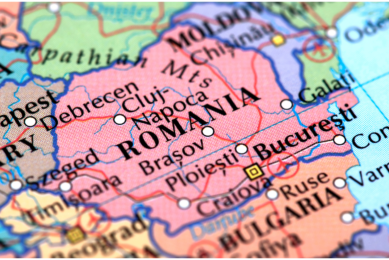How much do different meats contribute to salmonellosis in man?
The European Food Safety Authority (EFSA) has just reported on how much do different meats contribute to salmonellosis in man and they have found it very difficult to conclusively attribute the level from different meat sources. They appeared to agree that eggs and egg products were the most frequently implicated sources but were not sure about the risk from poultry, pork, beef and lamb – so let’s have a go.
The European Food Safety Authority (EFSA) has just reported on how much do different meats contribute to salmonellosis in man and the authority has found it very difficult to conclusively attribute the level from different meat sources.
The EFSA wanted to carry out a quantitative risk assessment along the food chain but were unable to do so due to lack of data and used different methods such as expert opinions for estimating source attribution.
The authority appeared to agree that eggs and egg products were the most frequently implicated sources but were not sure about the risk from poultry, pork, beef and lamb.
There are some gaps in the data to break the risks down along the food chain, but they have some data from the member states but to different levels, however there is enough for an end-point assessment.
Outbreaks
In one table there is a list of salmonella outbreaks that have been related to meat and meat products (see Figure 1 and Table 1) and poultry (chicken, turkey and ducks) are by far the highest related source, with a 7.5 times increased risk ratio to pork. Beef and lamb are apparently much lower risk than pork.
Figure 1. Comparison of salmonella outbreaks and consumption by meat type.
 |
There is also another interesting table on different meat consumption in 17 member states, and the mean figures are also in Figure 1 and Table 1. On average, almost twice as much pork is consumed in the EU in comparison with chicken and beef and over 13 times more than lamb.
Table 1. Comparison of salmonella outbreaks, consumption by meat type and risk ratios.
| Poultry | Pork | Beef | Lamb | |
Salmonella outbreaks | 82 | 11 | 6 | 2 |
Risk ratio in relation to pork | 7.5 | 1 | 0.5 | 0.2 |
Average consumption (kg/ person/ year) | 21.4 | 40.8 | 20.2 | 3 |
Outbreaks/ kg consumed | 3.83 | 0.27 | 0.30 | 0.67 |
Risk ratio outbreaks/ kg in relation to pork | 14.2 | 1.0 | 1.1 | 2.5 |
If the number of outbreaks is divided by the kilogramme of meat consumed and compared with pork at a risk ratio of one, then it can be seen that on a kilogramme consumed per person per year basis, poultry meat is 14.2 times more likely to be associated with a salmonella outbreaks than pork and even beef and lamb has a higher ratio.
This suggests that pork, in fact, is one of the cleanest (salmonella-free) meats to consume but it is just that we eat substantially more than the others in the EU.
Raw minced pork
I know some countries eat raw minced pork, as a delicacy, and in the UK we are renowned for our poorly cooked BBQ sausages, hence the rise in incidence in the summer months but generally the meat is cooked and this should destroy any infection.
This then emphasises the HACCP analysis that the meat should not leave the slaughterer/ processor contaminated – and this, on any risk analysis, should be applied to poultry meat, as a priority, for salmonella, let alone campylobacter.
It was interesting that they quoted the prevalence of broiler flock contamination with salmonella varying from 0 in Sweden, 1.6% in Denmark, 7.5% in Netherlands, 15% in Germany to 41.2% in Spain, 58.2% in Poland and 68.2% in Hungary.
It is little wonder that poultry meat presents such a high risk in comparison with pork.
Ref: The EFSA Journal (2008) 625, 1-32











